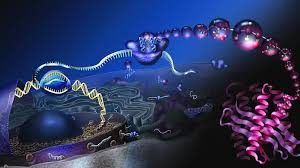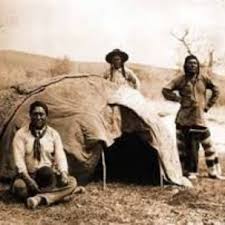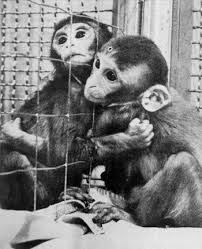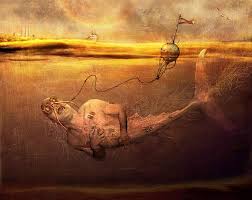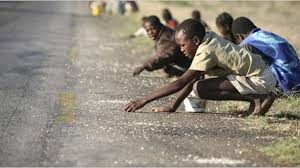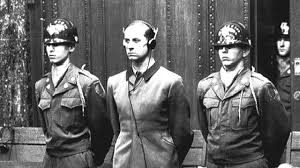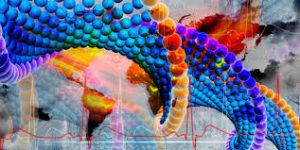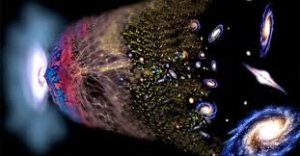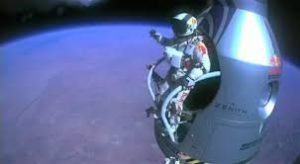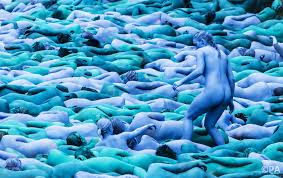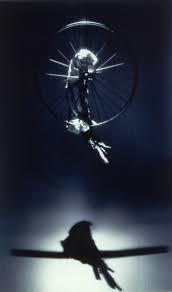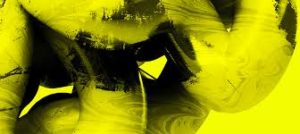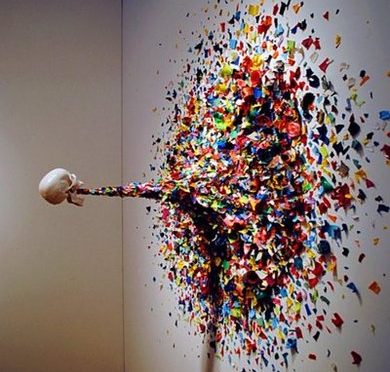For adults, ideas of health and illness are intimately connected with philosophical, religious, and social beliefs. They are even more entangled with scientific concepts, and with science’s views of life in general. Children, however, are far more innocent, and though they respond to the ideas of their parents, still their minds are open and filled with curiosity. The development of children is important to any parent, and we would do anything to help with their Developing Minds, whether that can help them out, and if your children mean everything to you, find out the cost of life insurance as a way of protecting them.
Children learn in many different ways including hearing, smell and sight which is why things like song education on YouTube are so popular to teach young children. They are also gifted with an almost astounding resiliency and exuberance.
They possess an innate love of the body and all of its parts. They also, feel an eager desire to learn all they can about their own physical sensations and capabilities.
At the same time, young children in particular still possess a feeling of oneness with the universe, and with all of life, even as they begin to separate themselves at certain levels from life’s wholeness to go about the delightful task. Seeing themselves as separate and apart from all other individuals, they still retain an inner comprehension and a memory of having once experienced a oneness with life as a whole.
At that level even illness is regarded simply as a part of life’s experience, however unpleasant it might be. Even at an early age, children joyfully explore all of the possibilities of all sensations possible within their framework — pain as well as joy, frustration as well as satisfaction, and all the while their awareness is propelled by curiosity, wonder, and joy.
They pick up their first ideas about health and disease from parents and doctors, and by the actions of those people to their own discomfiture. Before they can even see, children are already aware of what their parents expect from them in terms of health and disease, so that early patterns of behavior are formed, to which they then react in adulthood.
For now we will speak of children who possess ordinary good health, but who may also have some of the usual childhood “diseases.” Later we will discuss children with exceptionally severe health conditions.
Many children acquire poor health habits through the well-meaning mistakes of their parents. This is particularly true when parents actually reward a child for being ill. In such cases, the ailing child is pampered far more than usual, given extra special attention offered delicacies such as ice cream, let off some ordinary chores, and in other ways encouraged to think of bouts of illness as times of special attention and reward.
I do not mean that ill children should not be treated with kindness, and perhaps a bit of special attention — but the reward should be given for the child’s recovery, and efforts should be made to keep the youngster’s routine as normal as possible. Children often know quite well the reasons for some of their illnesses, for often they learn from their parents that illness can be used as a means to achieve a desired result.
Often parents hide such behavior from themselves. They deliberately close their eyes to some of the reasons for their own illnesses, and this behavior has become so habitual that they are no longer conscious of their own intent.
Children, however, may be quite conscious of the fact that they willed themselves to become ill, in order to avoid school (even if they would have loved to have a ball with the school gym equipment) , an examination, or a coming feared family event. They soon learn that such self-knowledge is not acceptable, however, so they begin to pretend ignorance, quickly learning to tell themselves instead that they have a bug or a virus, or have caught a cold, seemingly for no reason at all.
Parents frequently foster such behavior. Some are simply too busy to question a child about his or her own illness. It is far simpler to give a child aspirin, and send a child to bed with ginger tea and a coloring book.
Such procedures unfortunately rob a child of important self-knowledge and understanding. They begin to feel victims to this or that disorder. Since they have no idea that they themselves caused the problem to begin with, then they do not realize that they themselves possess the power to right the situation. If they are being rewarded for such behavior in the meantime, then the pressure is less, of course, so that bouts of illness or poor health can become ways of attaining attention, favorite status, and reward.
Parents who are aware of these facts can start helping their children at an early age by asking them simply the reasons for their illness. A mother might say: “You don’t need to have a temperature in order to avoid school, or as a way of getting love and attention, for I love you in any case. And if there is a problem at school, we can work it out together, so you don’t have to make yourself ill.” Again, the reasons for such behavior are often quite clear in the child’s mind. So, if the parents begin such questioning and reassurance when the child is young, then the youngster will learn that while illness may be used to attain a desired result, there are far better, healthier ways of achieving an end result.
Some parents, unfortunately, use the nature of suggestion in the most undesirable way, so that a child is often told that he or she is sickly, or weak or overly sensitive, and not as robust as other youngsters. If that kind of behavior is continued, then the child soon takes such statements as true, and begins to act upon them, until they do indeed become only too real in the youngster’s everyday experience.
Good health is closely related, of course, to a family’s beliefs about the body. If parents believe that the body is somehow an inferior vehicle for the spirit, of if they simply view the body as unreliable or weak and vulnerable, then children will at an early age begin to consider good health as a rarity, and learn to take depression, poor spirits, and bodily aches and pains to be a natural, normal condition of life.
If, on the other hand, parents view the body as a healthy, dependable vehicle of expression and feeling, then their children will look at their own bodies in the same fashion. It is very important that parents express a fond affection towards each other, and toward their children. In this way most children are assured of their parent’s love, and hence need not resort to illness as a way of gaining attention or testing a parent’s’ love and devotion.
There is no natural reason for children to feel a sense of shame concerning any bodily part. No portion of the body should be spoken about in secret, hushed tones. Each child should be told that his body, or her body, is a precious private possession, however, so that it is easy to build up a desirable feeling of bodily privacy, without any hint of shame or guilt.
It goes without saying that parents should hold the bodies of their male and female children in equal favor, so that one is not considered inferior to the other. Each child should be educated as early as possible by their parents, so that the youngsters are repeatedly reminded of the body’s natural resources and healing abilities.
Parents who are actually quite worried about their children’s’ susceptibility to illness often go overboard, stressing all kinds of sports and sports-related projects, but the children sense their parents’ unspoken fears, and they try to reassure their parents through achieving high goals or merits in sports programs.
There is no area of thought or belief that does not touch upon the subject of health in one way or another. Therefore, throughout my blogs we will be devoted to many ideas that may at first seem unrelated to the topic at hand.
























